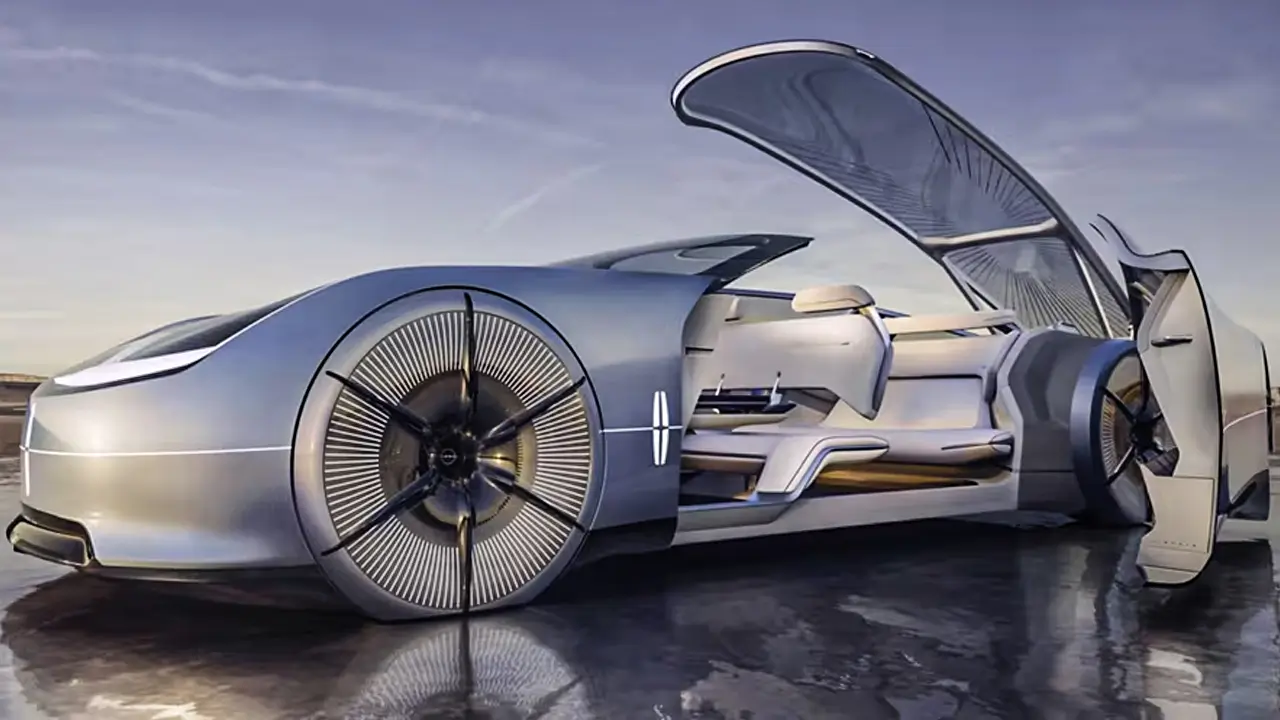There was a time when having a built in navigation system in your car felt like a luxury. It was a symbol of tech-forward driving. But in 2025, things look a little different. With smartphones getting smarter every year and apps like Google Maps and Waze offering real time traffic updates and easy route planning, many drivers are beginning to ask a simple question. Are built in navigation systems still worth it today or are they just outdated features in modern cars
I think this question is more important now than ever because we are surrounded by technology that updates almost every day. Your phone updates its maps automatically, adapts to traffic jams and even suggests alternate routes. So where does that leave the navigation screen built into your dashboard
Let’s take a closer look at what is really happening and whether built in navigation systems still hold their ground or if they are quietly fading into the background.
What Built in Navigation Systems Still Offer in 2025
Despite all the advancements in mobile apps there are still a few reasons why some drivers prefer the built in navigation system. One big reason is convenience. It is right there when you start your car. No need to pull out your phone connect it or worry about where to place it on your dashboard.
Another advantage is integration. Built in systems are directly connected to your car’s other features like the heads up display steering wheel controls and voice command. This makes it easier and safer to use while driving because you do not need to take your eyes off the road or your hands off the wheel.
Also in some areas especially where mobile signal is weak or unreliable the built in navigation still works because it usually relies on internal GPS rather than an internet connection.
on the other hand, As someone who drives daily and often travels for work, I have noticed something over the last few years. I always find myself using Google Maps or Waze instead of the system that came with my car. Why Because it is faster it updates more often and it is simply more user-friendly.
Mobile navigation apps are constantly being improved. They give me live traffic data show me police alerts speed limits construction zones and even the estimated time of arrival with amazing accuracy. They also allow me to search using natural language like nearest coffee shop or fastest route to the airport without needing to type exact addresses.
And with Apple CarPlay and Android Auto becoming standard in most cars today it has become incredibly easy to just plug in your phone and use your preferred navigation app on the car’s screen. That alone makes many people feel there’s no real need for the built in system anymore.
Cost Matters Too
Here is something many people do not talk about. Built-in navigation systems are not free. Even though they come installed in many cars you usually end up paying for them as part of a higher trim level or tech package. And in some cases, you might also need to pay for yearly map updates or subscriptions.
On the other hand, your phone gives you all the latest updates for free. You do not need to buy anything extra or subscribe to new services. That alone makes phone-based navigation more appealing, especially for people who want to save money.
What About Safety
Now this is where things get interesting. While using your phone for navigation can be convenient it can also be dangerous if you are not careful. Looking at your phone screen holding it in your hand or trying to adjust it while driving can increase the risk of accidents.
That is where built-in systems have an edge. They are designed to be used while driving with clear visual displays voice instructions and even steering wheel controls. When used properly they are much safer than trying to manage a phone on the go.
But again if your car supports Android Auto or Apple CarPlay you can still use your phone in a safe way by displaying everything on the car’s main screen. It becomes a kind of hybrid system using the best of both worlds.
- Nearly 30% of UK Drivers Believe Car Tax Should Be Based on Mileage — Survey
- Why Planes and Boats Escaped the Luxury Tax But Cars Didn’t
- Australia’s Headlight Confusion: Authorities Warn Drivers After Viral $250 Headlight Rule Goes Wild Online
- 2025 Hyundai Venue Facelift Launched in India – Full Details, Variants, and Price
- Royal Enfield Bullet 650 Unveiled at EICMA 2025: A Classic Legend Returns

Are We Moving Toward a Hybrid Future
In my view the future of navigation in cars is not about choosing one or the other. It is about blending the two. Car companies are already doing this. Some new cars let you use both the built in system and apps from your phone on the same screen. Others even offer updates to their own maps over the air just like your phone does.
This kind of flexible system is probably where we are heading. You get the strong connection and safety features of built-in tech along with the smart updates and data of your favorite app.
Final View
If you are buying a new car in 2025 and it comes with a built-in navigation system then great it is a nice extra to have. But if you are paying extra for it just ask yourself whether you really need it. For most people who are already comfortable with mobile navigation apps, it might not be worth the extra cost.
I think built-in navigation systems still have a place but that place is becoming smaller each year. As smartphones and in-car integrations continue to improve we are seeing a shift. The real value lies in how these tools work together rather than separately.
